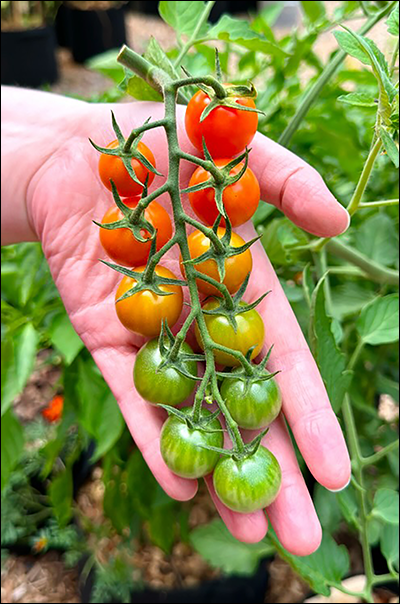In addition to having green thumbs, Haley Henning & Daniel Crespo seed and cultivate a green mindset through their founding of Wild Plum. Here at Design Feast, they go deep into why they’re plant parents.
When you two met, were y’all plant-forward with each other—Did y’all introduce each other with opening lines about horticulture? Seriously, how did you learn about each other’s strong interest in seedlings and gardening? Then how did you nurture this common bond?
Haley: On our first date, we were walking along Lake Michigan in early spring while Daniel told me about his love for a specific variety of oranges—Minneola Tangelo—due to their intense flavor and juiciness. When summer came around, his Miami-based parents brought us dozens of delicious mangoes—freshly grown on their two large mango trees—which Daniel looks forward to every year. At home, I’ve watched him tend to our houseplants, vegetable garden, and seedlings with care. Daniel helps me understand the joy in having an abundance of the freshest and most delicious fruits, and I admire his patience and desire to nurture the plants living all around us.
Daniel: One of my favorite memories with Haley is digging through her old elementary school assignments and finding one where she was talking about the dangers of cutting down old forests. I wasn’t surprised at all to see this—ever since I’ve known Haley, I’ve become very acquainted with her deep admiration and care for the natural world and all its inhabitants. She’s inspired me to explore the importance of all the different layers of our ecosystems.
What were the initial, critical steps in building Wild Plum from idea to an official company? When was your business launched?
Wild Plum exists, because sustainable gardening and ecological landscape design are some of the best actions people can take to add more beauty and benefit to the world around us.
Indigenous peoples have known for millennia how important it is for our landscapes to be spaces in which wildlife can thrive and people can play a positive role in. Western scientific knowledge is just starting to …








